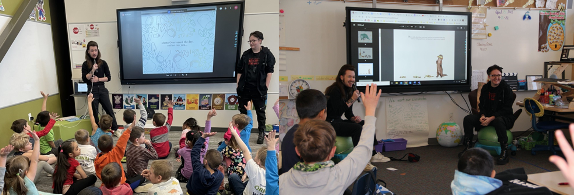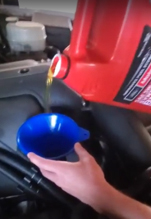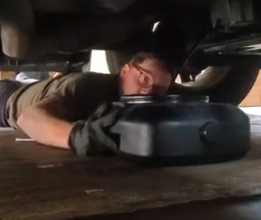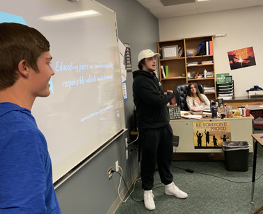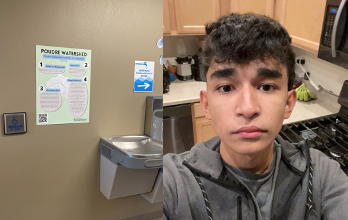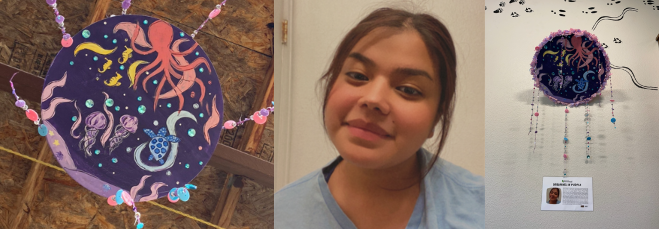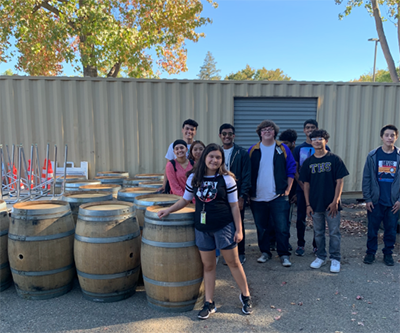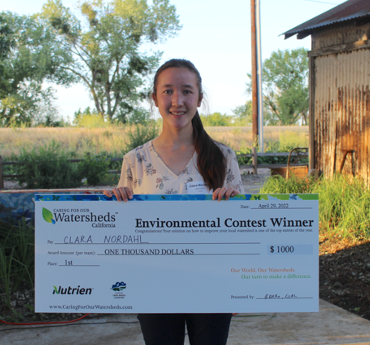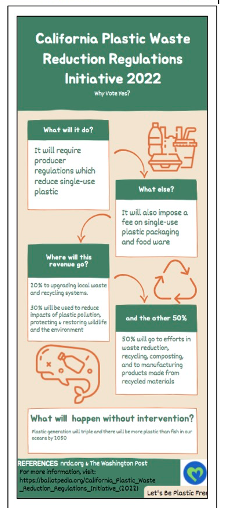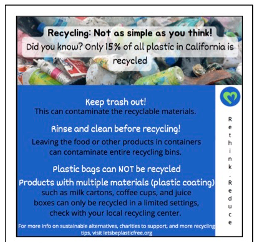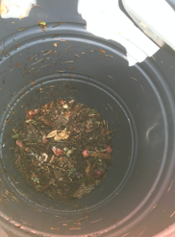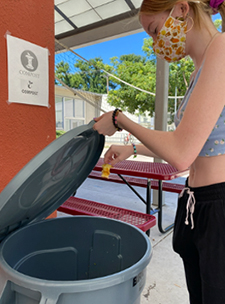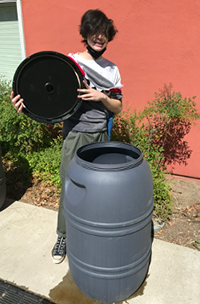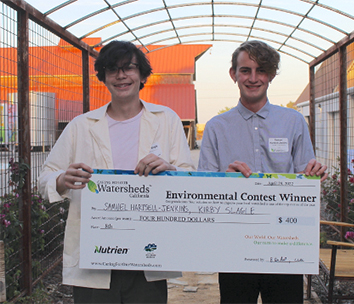Rocky Mountain High School, Fort Collins, Colorado
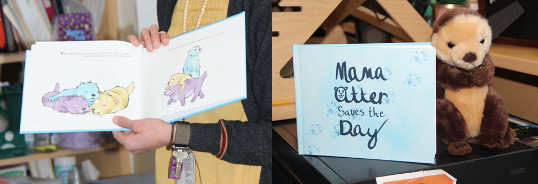
Wilson Caradoc and Joshua Lark from Rocky Mountain High School wanted to address the persistent issue of littering, especially its impact on watersheds and wildlife. They learned that plastic can be consumed by animals and in worst cases lead to their death, sometimes damaging large populations. This is called bioaccumulation, when an animal ingests something like mercury or plastic and cannot digest it. It then accumulates inside the animal’s tissue and predators that consume them. Wilson and Joshua addressed their concern by bringing awareness to this topic. They wrote and illustrated a children’s book about a mother otter whose watershed becomes heavily polluted by trash, and she cannot feed her babies. Their motivation was to inspire youth to take action for their environment as soon as possible—they do not have to wait until they are older to do great things. Nonetheless, they illustrated diverse children so that every child could see someone like themselves doing the right thing. Sometimes that’s all it takes to change the world. They read the book in person to six elementary schools: roughly adding up to 20 classes total. Wilson and Joshua donated three copies of their book to three different Poudre River Library locations, one copy to the Rocky Media Center, the Poudre Learning Center, and Nutrien. With their efforts, Wilson and Joshua contributed to Targets 4.7 and 6.3 of the Sustainable Development Goals.
